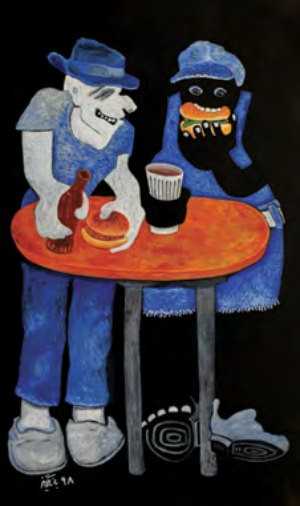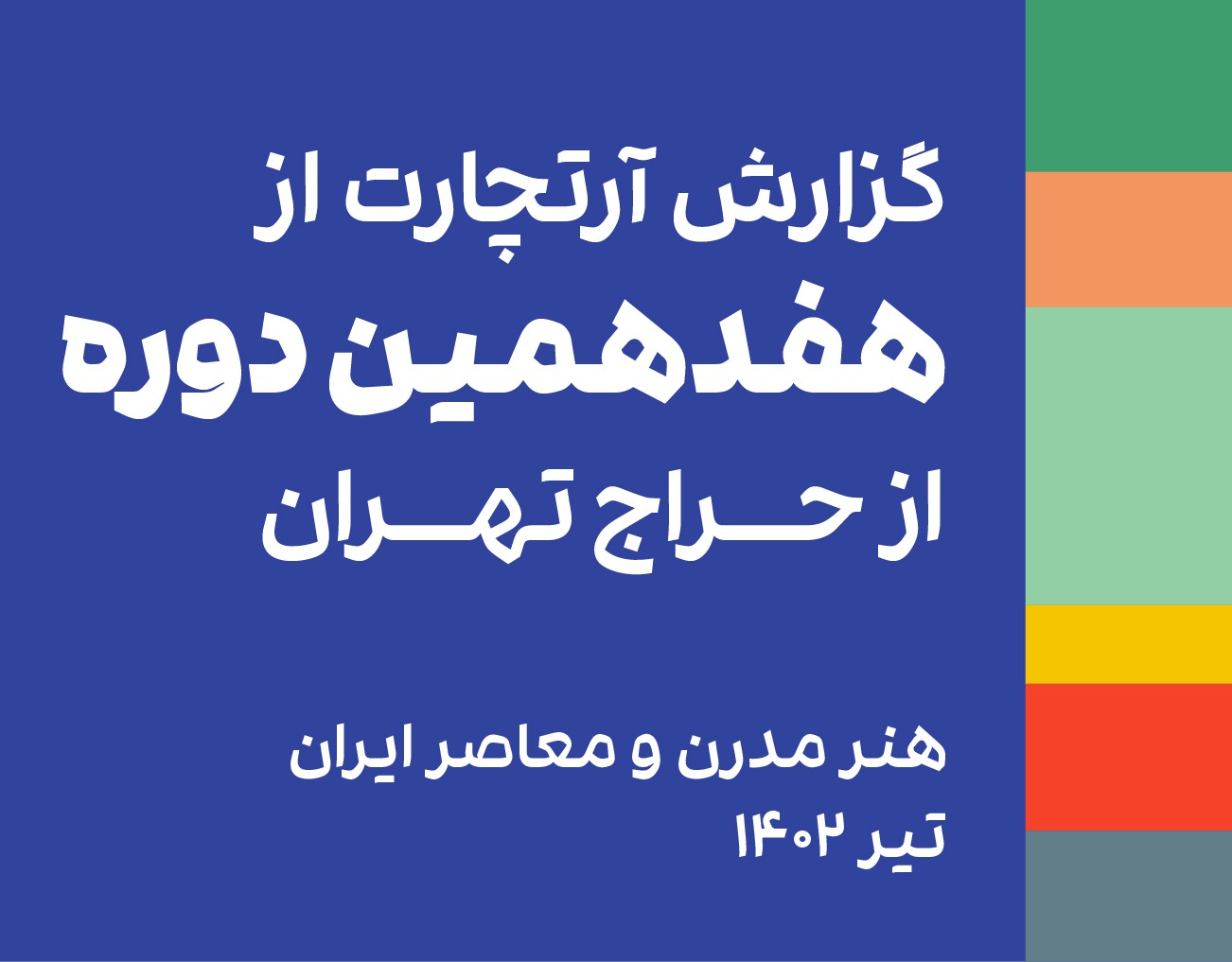About Reza Bangiz
Reza Bangiz, a contemporary Iranian artist renowned for his work in printing, painting, and sculpture, was born in Tehran in 1937. His artistic journey began at a young age, influenced by his mother's glass engraving and his father's stint painting on glass in Paris. Reflecting on his early inspiration, Bangiz recalls, "My interest in art started in childhood when I saw an advertisement in the newspaper announcing that the Boys Academy of Fine Arts was accepting students."
Bangiz graduated in painting from the Tehran Conservatory of Fine Arts in 1961. He pursued further studies in England but encountered challenges that prompted his return to Iran. Back home, he joined the Ministry of Culture and Guidance and later taught at the Mirak Conservatory in Tabriz, where he developed a strong interest in Linocut. His works were exhibited in Tabriz during this period. After six years of teaching, Bangiz moved to Isfahan, where he explored pottery.
In 1972, Bangiz received a scholarship from the National Oil Company to study in France for a year. Upon his return, he resumed teaching at the Tehran Academy of Fine Arts. Drawing on his experiences in Isfahan, he began creating paintings on baked mud, which he exhibited at the Sheikh Gallery in 1978. That same year, he embarked on another one-year scholarship to the United States. Bangiz's artworks have been exhibited extensively both in Iran and internationally, with regular participation in Tehran's biennials, where he received awards and honors, including the Order of Culture and Art.
Bangiz's artistic style incorporates elements of folk art, spells, and prayers, often imbued with a humorous tone. Critic Pakbaz notes the distinctiveness of his prints, describing them as having "a simple and humorous form of expression." He adds "Bangiz employs various substrates such as colored patchworks, canvas, cardboard, and even newspapers for his prints, often creating large-scale, single-piece works to enhance their graphic impact."
The Most Expensive Artwork
At Auctions
First Attendance
20 October 2010
# Attendance
12
# Artworks
12
Average Realized Price
8,898 USD
Average Min Estimate
6,371 USD
Average Max Estimate
9,073 USD
Sell-through Rate
81.818%
Average Growth of Artwork Worth
21.392%
Timeline
The 24th Tehran - Contemporary Iranian Art auction
3 October
Recovery/ The Seventh Series exhibition
13 June
In white exhibition
18 April
Shadow exhibition
18 April
Timeless Creation exhibition
25 October
Resize exhibition
16 August
The 20th Tehran- Modern and Contemporary Iranian Art auction
5 July
A Collection exhibition
10 May
+-50 exhibition
15 March
10s of Artworks, 10s of Millions exhibition
8 March
Beyond Two Dimensions exhibition
2 February
Modern Collectore exhibition
19 January
A Selection of 70 Years of Iranian Sculpture exhibition
4 August
The 17th Tehran Modern and Contemporary Iranian Art auction
18 July
From the Ghahve-khaneh to Sagha-khane and Selected Modern Artists of Iran exhibition
14 July
Printedize exhibition
9 September
Resize exhibition
13 May
A Selection of Modern Works from The Laal Collection exhibition
25 February
Point Of View exhibition
25 February
Opportunity exhibition
13 February
Mirror reflections exhibition
19 January
The 15th Tehran- Modern Iranian Art auction
14 January
Bangiz solo exhibition exhibition
26 November
Annual Amordad 1400 exhibition
10 September
The 14th Tehran- Contemporary Iranian Art auction
12 August
Har Dam Az In Baagh exhibition
2 July
Small Artworks collection exhibition
11 June
Annual Group Show exhibition
13 March
Collector 7 exhibition
5 February
The 13th Tehran- Modern and Contemporary Iranian Art auction
15 January
Black and White exhibition
25 September
Bangiz - Online Viewing exhibition
4 September
Archive exhibition
21 August
Kado Art 2.2 exhibition
28 February
+98 exhibition
21 February
Collection of Works Reza Bangiz exhibition
21 February
5th Collector exhibition
24 January
دوازدهمین دوره حراج تهران auction
17 January
Cama Chain exhibition
1 November
Up to 10 Million exhibition
8 February
دهمین دوره حراج تهران auction
11 January
Summer Sale of Artibition exhibition
7 September
The 5th Annual Postcard Print Exchange exhibition
20 April
هشتمین دوره حراج تهران auction
12 January
Shams gallery Collection Special Sale exhibition
7 July
Evolution exhibition
30 December
Sculpture, Painting , Print exhibition
8 July
Reza Bangiz Solo Exhibition exhibition
17 June
Opening exhibition
5 February
United Nations World Food Programme - Charity auction
30 April
1Ere Vente a Dubai International Modern And Contemporary Art auction
22 October
Contemporary Art / Arab & Iranian auction
20 October
Articles
۱7th Tehran Auction Sales Report 26 July 2023
The 17th Tehran auction: modern and contemporary, was held on Friday July 21st, 2023 at Parsian Azadi Hotel. This auction achieved a total sale of 214 billion tomans equivalent to 4.3 million dollars, which was a growth of 77.8% compared to the previous period. Artchart has observed the 17th Tehran auction in the upcoming report.

